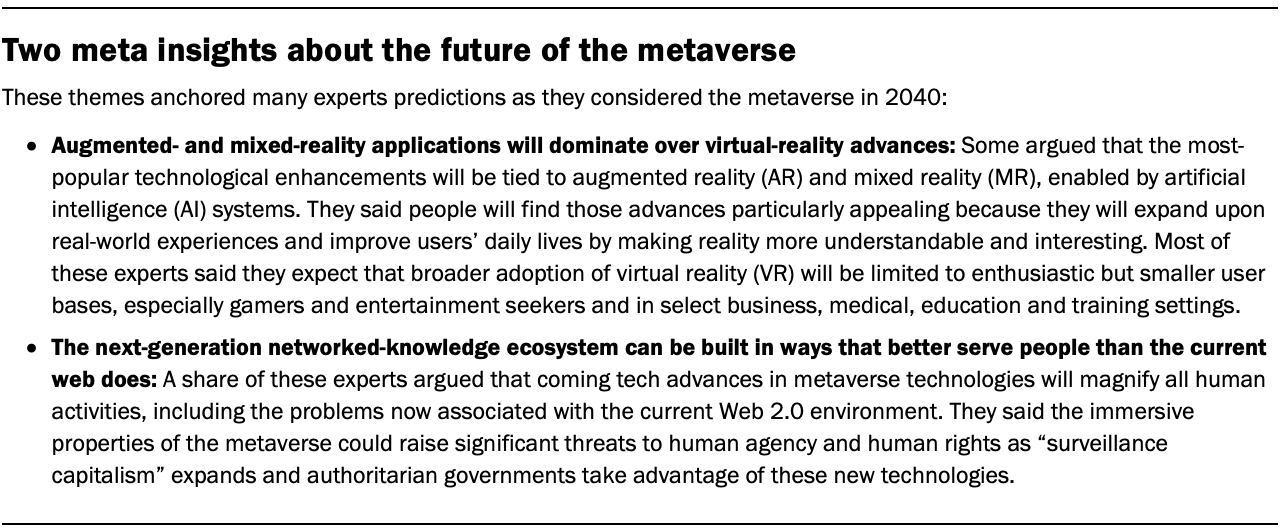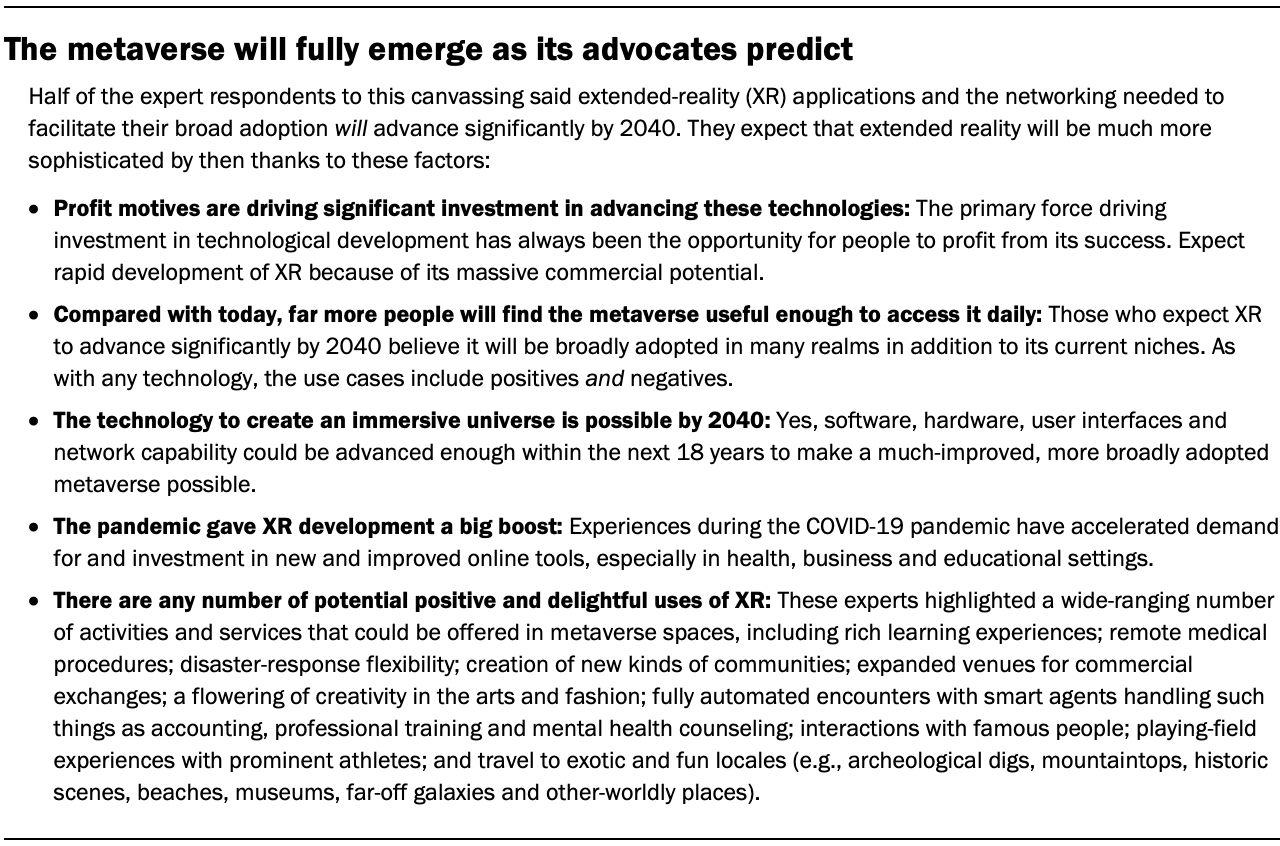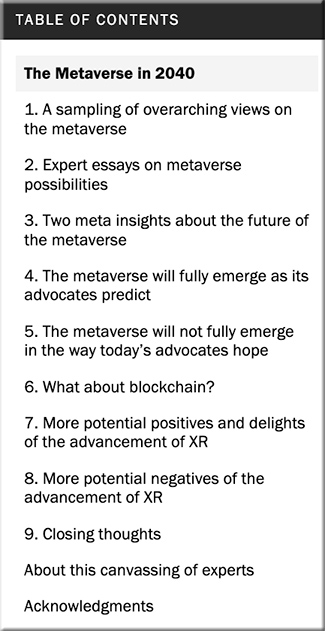What’s next for online education? — from educationalist.substack.com by Alexandra Mihai
Excerpt (emphasis DSC):
The extent to which online education will be used in the future does not depend only on people (micro level), it depends on institutions (meso level) and policies (macro level).
The learning ecosystem, in my view:
-
- includes various modalities used in a complementary way and as a continuum;
- serves a multitude of audiences, at different stages of learning, with different aims and degrees of engagement;
- requires comprehensive and interconnected support structures at institutional level, for students and faculty.
Also from educationalist.substack.com by Alexandra Mihai, see:
Intentional learning design — from educationalist.substack.com by Alexandra Mihai
Excerpt:
My definition
Let’s start with a definition. By intentional learning design I mean designing learning experiences:
-
- Focusing on the “why”: ensuring that any decision taken at the design stage is aligned with the overall narrative of the course and, more precisely, with the learning objectives; this requires self-reflection, at least some knowledge of the main pedagogical principles, attention to detail and openness to see learning design as an iterative process and not a box on a checklist;
- Focusing on students’ experience: designing a course/ programme that is well tailored to students’ needs; this requires knowing your students well, making your design choices explicit to them and involving them in an ongoing dialogue.
Mid-term reflections on my American adventure
Excerpt:
A sneak peek into my research on Centres for Teaching and Learning (CTLs)
With a big part of the data collection already behind me, I thought I’d briefly share here some of my most important- and sometimes surprising- findings so far. While still pretty superficial, this can hopefully give you an insight into the discussions I’ve been having and hopefully make you curious to find out more once I’ll get to publish my results.
-
- Positioning of CTLs.
- Sense of CTL vulnerability.
- The backgrounds and personalities of CTL leaders.
- Integrated CTLs.
- Credibility.
- Who works in CTLs?
- Professional development and career paths in CTLs.
- CTL offer and programming.
- Graduate student support.
- Online education.

















